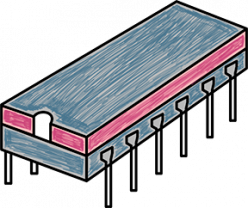 We engage by communicating with our potential customer to get an idea about their project. Though it doesn’t have to be a project at this stage: ideas, sketches and napkin-doodles are all good here. 🙂
We engage by communicating with our potential customer to get an idea about their project. Though it doesn’t have to be a project at this stage: ideas, sketches and napkin-doodles are all good here. 🙂
Once we have all the essential information, we are ready to analyze the materials received. It usually does not take us long to digest the incoming data and work out a baseline understanding about the project. 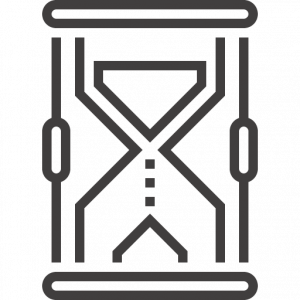
Now, based on that understanding, we can assess how can we help a customer with their project. Assuming there is a mutual coherence and willingness to proceed our collaboration on the project, here is what usually happens next.

Depending on the demands of our customer and on how well the project has initially been specified (in terms of documentation and formalities), there are a number of ways that we can contribute:

- Business requirements analysis
- Solution architecture (overview)
- Architecture detailing (in-depth)
- Software requirements specification
- Wireframing (UX prototyping)

Upon completion of this stage, we should have a complete working and formal knowledge of the project: what needs to be done, and how. And from here we need to figure our how much it will cost and how long it would take to implement the project (iteratively, of course).
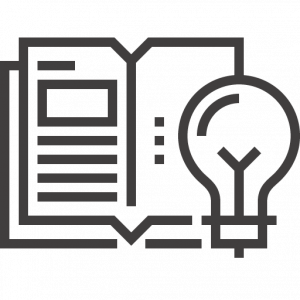
- Cost estimates (ballpark)
- Roadmap planning (with budget)
- Backend estimates: time & material
- Frontend estimates: web & mobile
- Additional estimates: PM, BA, etc
It seems like the right moment to mention that we do not work with legacy (existing in production) systems; and we rarely work by the “team extension” model.
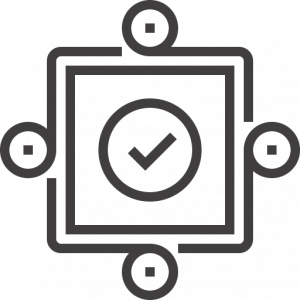 Now is great time for a customer to take a moment and assess whether they would like to go forward with the implementation of the project. If this is the case, and if a customer feels comfortable with Wesslogic to proceed to next stage – here is how it might look…
Now is great time for a customer to take a moment and assess whether they would like to go forward with the implementation of the project. If this is the case, and if a customer feels comfortable with Wesslogic to proceed to next stage – here is how it might look…
When all the formalities are gone – it’s time to code, after some preparations that have to be made…

- Setup: repositories, people, plan
- Configure: CI/CD & environments
- Boilerplate coding (if necessary)
- Code the actual business logic
- Service Oriented Approach
- Driven by APIs: REST with JSON
- Golang and Node.js are preferred
- Containerized by Docker, Kubernetes
While the core of our project is being coded, we can now think about it’s UX and UI. This can be done either in-parallel with backend development or once that is completed. In either case, here is what we offer…

- Web application development
- SPAs only (Single-Page Application)
- Using Angular and React tech stack
- Relying on HTML5 and CSS3 markup
- Using latest ECMAScript with Babel
At the time when backend & frontend components reach some sort of logical readiness, we can put those together to finally get an MVP release of our product!
However! It is today’s tendency when mobile clients are becoming the dominant ones; at which point, our brand new product may need a mobile app! Currently, there are plenty of modern approaches to developing a mobiles applications; they mostly differ in costs & time VS quality.
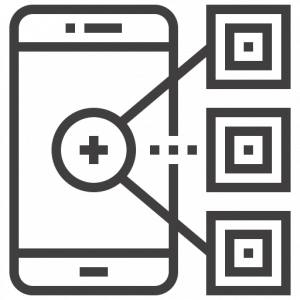
- Optimized for tablet or phone
- Native apps: iOS and Android
- Hybrid mobile applications
- Using Ionic as a base platform
- Using React Native as foundation
Once all of the facades of our product have been built: backend, web app, mobile apps and such – we are ready to move on! But where to…?
Okay, so there are number of things to do, once the product has passed all of the developments phase. Most product continue their lifecycle by going through one or more of the following.

- Roll out to production environment
- Monitoring & capacity management
- Product support: debug, fixes, etc
- Long-time support agreement, SLA
- Continue product development 🙂
That’s it! We have briefly covered all the notable pivot-points of product development the way we do it here at Wesslogic!
Of course, all the above – is not forced in any way. We are flexible! If you see the process differently, or if you simply have different needs & requirements – we would be glad to discuss it with you, and most likely – come up with a solution!
Aside from end-to-end development of projects from scratch, we also offer ad-hoc services to be applied on the spot, when a customer needs it.

- Cost & time estimates, analysis
- Validating software solutions
- Audit & review of source code
- Technical consultancy
Thank you for reading up!
In case if anything of the above sounds interesting to you – please feel free to reach us! We prefer emails. Talking to us is totally free (and maybe even fun) and does not obligate you to anything… 🙂
